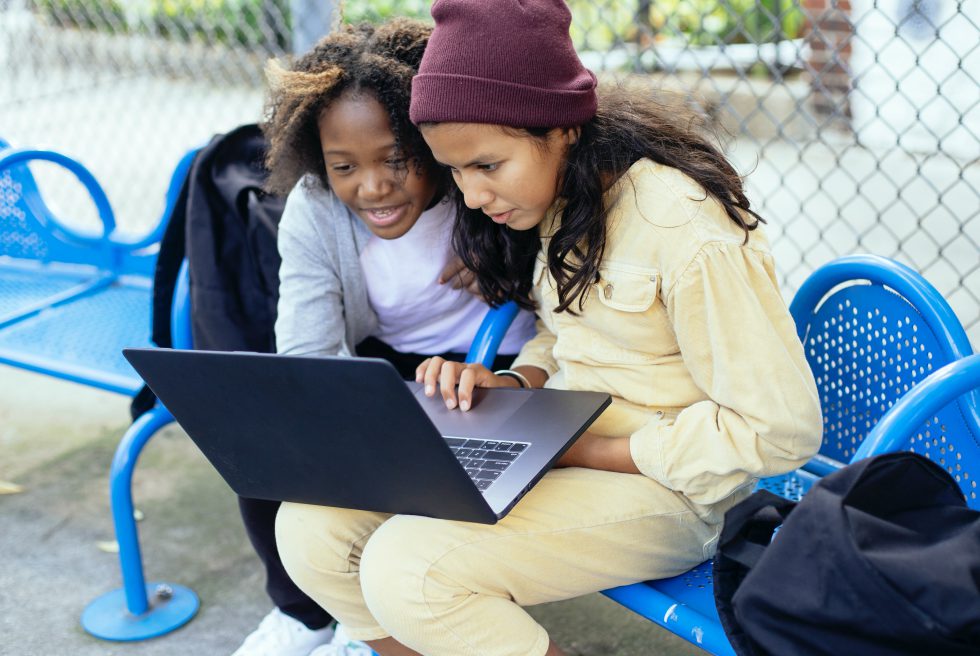A school’s primary responsibility is to educate its students. However, another responsibility is just as important: maintaining a safe learning environment. Learning and a safe learning environment go hand-in-hand. If students don’t feel safe in an educational space, it will be difficult for them to learn. This extends to digital learning environments, whether students use computers in the classroom or learn virtually from home. Thankfully, technology can keep students safe online.
Teaching Digital Citizenship
Digital citizenship is the responsible use of technology, from text messages to social media platforms. Responsible technology use includes understanding internet safety and security. It also includes responsible social interactions. In learning digital citizenship, students should learn about the dangers of cyberbullying. They also need to learn about the potential repercussions of what they post online. Students should learn what online content is not appropriate to post and what needs to be reported. In this way, learning about digital citizenship keeps students safe from harmful content online. Several interactive games teach kids about responsible technology use. Screen monitoring software, like LearnSafe, can teach students to be more aware of their actions online. Using technology to educate students about responsible internet use keeps them safe in school and at home.
Education and Awareness
While learning about internet safety in school, students feel safer to speak with educators about things they see online that could potentially be harmful. When teachers are aware of dangerous activity online, they can possibly prevent tragic situations from happening. Open communication between students and teachers about online activity can keep students from harm. Common Sense Education offers a series of lesson plans to raise awareness about internet safety in the classroom. However, it’s important for schools not to depend upon students or teachers to report inappropriate online content and behavior. Screen monitoring software can alert administrators to at-risk behavior on school computers. It also alerts administrators to mentions of suicide or self-harm, allowing them to give vulnerable students the help they need.
Content Filters
The firewalls placed on electronic devices in schools play a large part in preventing students from viewing or searching content that could affect them negatively. These filters will keep students from seeing many things online that could potentially hurt them. However, students can easily bypass content filters and access dangerous or disturbing online content. Also, blacklists may miss certain terms or websites, allowing students to access unsuitable content, including pornography. In order to maintain a safe learning environment, schools need to pair content filters with screen monitoring software. Programs like LearnSafe catch pornography and other dangerous content that content filters may miss.


